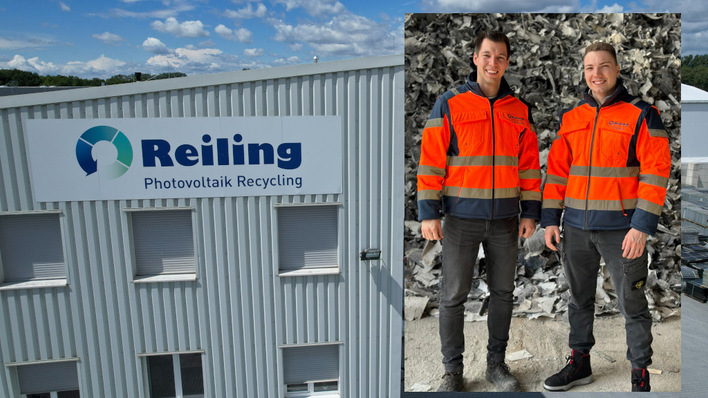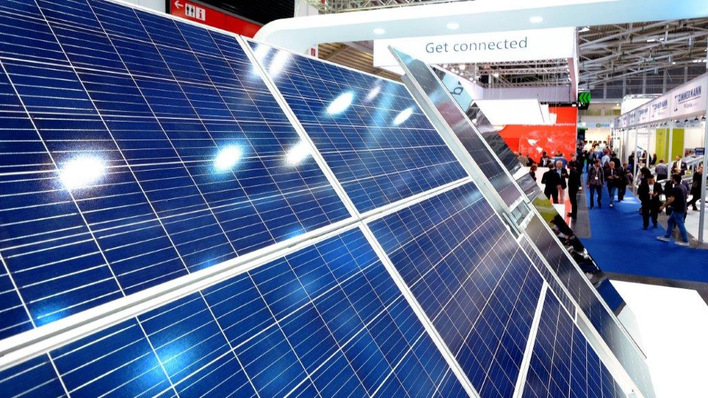Based on a series of new year predictions from experts within the renewable energy industry, solar energy capacity across Europe is set to jump from 9.5 gigawatts to 13.5 GW (42.1%) by the end of 2019, with the European Union set to make up 12% of the global solar module market.
Renewable energies underwent somewhat of a worldwide renaissance in 2018, with Europe, driven by political and social factors from the European Union, showing particular enthusiasm for a renewable-based future. In its 2018 renewable energy directive, the EU announced that all 28 member states would have to source 20% of their energy from renewables by 2020. Come December, the bloc further reinforced its commitment to renewables by calling on members to increase their renewably-sourced energy quota from an originally stated 27% to 32% come 2030.
Coal phase out in Spain and Hungary
Spain and Hungary - two countries traditionally reliant on energy sources such as coal and gas - have already made open commitments to a renewable-based future. Spain has pledged to source 100% of its power from renewables by 2050, and to re-skill or issue early retirement to coal industry professionals affected by this shift in energy policy. Hungary has also committed to a similar scheme for those working in the coal industry, as it aims to phase out its use of coal by 2030.
Furthermore, Poland - Europe’s largest consumer of coal - started its transition to renewable energy after Sun Investment Group started powering 24 MW of its 43 MW Polish portfolio in 2018. This alone is worth 15% of the entire Polish solar energy market, and is the largest PV portfolio in the Central Eastern Europe region.
3.2 GW PV installed in Germany in 2018
Poland’s neighbour, Germany, the EU’s largest producer of lignite and amongst the bloc’s top coal consumers, underlined its green credentials over the last 12 months. During the first six months of 2018, Germany set a new record for renewable energy after sourcing 41.5% of all its power from solar, wind, and biomass; a 4% increase on the previous year. 3.2 GW of new PV capacity was installed in 2018. By 2022, the German government also plans to completely phase out nuclear energy by closing the doors of all of its remaining nuclear power plants.
30% drop of solar panel prices
The popularity of solar energy across Europe in 2018 was further driven by the European Commission’s lifting of tariffs on Chinese-made solar panels, meaning that the price of solar panels is set to drop by as much as 30%. As a result, this is set to boost the EU’s solar energy market to EUR 11.3bn.
Higher European share of the global module market
“Given 2018’s shift in attitudes towards renewables from even the most coal-friendly countries in Europe and the removal of tariffs on Chinese solar panels, investments in solar energy and renewables in general will become more attractive than ever for investors in 2019,” commented Sun Investment Group’s Chief Business Development Officer, Andrius Terskovas. “These claims are supported by the predictions that the EU is anticipated to make up 12% of the global solar module market share, and a number of member states including the Netherlands and Spain are set to exceed 1 GW in installed capacity next year.”
With a solid interest across Europe in renewables plus a political incentive from Brussels pushing EU members in the direction of a greener future, it is unlikely that interest in renewables and the resulting investment that follows will decrease over the coming year. (HCN)
Stay informed, get our free newsletter twice a week. Register here.
More useful information:
https://www.pveurope.eu/News/Solar-Generator/123-GW-PV-installations-expected-in-2019
https://www.pveurope.eu/News/Markets-Money/Renewables-to-dominate-Germany-s-power-sector







